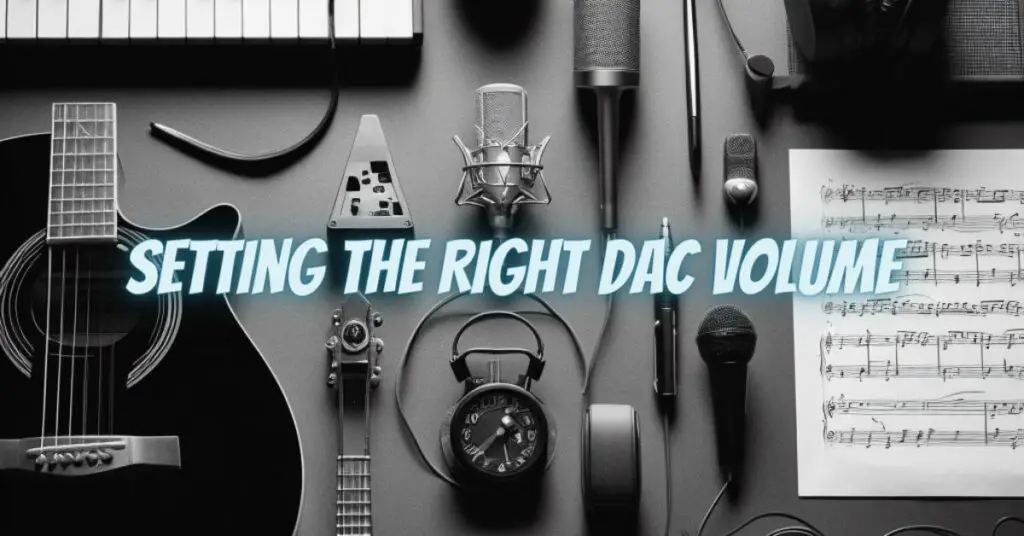Digital-to-Analog Converters (DACs) are essential components in modern audio systems, responsible for converting digital audio signals into analog signals. Many users wonder whether it’s a good practice to set their DAC at the maximum volume. In this article, we’ll delve into the reasons behind this question, the ideal setup for your DAC, and the potential implications of maxing out the volume.
Understanding the Role of a DAC
A DAC serves to transform digital audio data, represented in numerical values, into analog audio signals that can be played through speakers or headphones. It ensures that audio files in a digital format are accurately rendered into sound for our ears to perceive.
Max Volume on a DAC: Pros and Cons
Pros:
- Improved Signal-to-Noise Ratio (SNR): Setting the DAC at its maximum volume can enhance the signal-to-noise ratio, reducing the level of background noise. This is especially beneficial when dealing with low-quality or noisy sources.
- Eliminating Intermediate Processing: Some DACs have a digital volume control that adjusts the audio level digitally before converting it to analog. By maxing out the volume on the DAC, you can bypass this processing, theoretically preserving audio fidelity.
Cons:
- Risk of Overdriving Amplifiers: If you’re connecting the DAC directly to an amplifier or powered speakers, maxing out the DAC’s volume may send an excessively high signal to the amplifier, potentially causing distortion, damage, or reduced audio quality.
- Limited Volume Control: By setting the DAC at its maximum volume, you might relinquish precise volume control to other components in your audio chain, such as an amplifier or preamp.
The Ideal Setup for Your DAC
The optimal setup for your DAC takes into consideration various factors:
- Volume Matching: Ideally, your DAC’s volume should be adjusted to match the input sensitivity of your amplifier or powered speakers. This ensures that the output from the DAC aligns with the input requirements of the next component in the audio chain.
- Signal Quality: When connecting your DAC to an amplifier, it’s essential to ensure that the signal level is neither too low (resulting in a poor signal-to-noise ratio) nor too high (risking distortion or damage). The goal is to find a balance that provides clean, undistorted audio.
- Digital vs. Analog Volume Control: Some DACs offer digital volume control, while others have analog volume controls. If your DAC has digital volume control, it’s advisable to avoid maxing out the volume, as it can lead to audio clipping. Analog volume control, on the other hand, may be more tolerant of higher volumes, but it’s still important to avoid overdriving your equipment.
- Amplifier or Preamp: If you’re using an external amplifier or preamplifier, it’s often best to leave volume adjustments to these components. Set your DAC at a reasonable level, typically around 75-80% of its maximum, and fine-tune the volume at the amplifier or preamp to achieve the desired output.
Setting the volume on your DAC at its maximum level can have advantages, such as improving the signal-to-noise ratio and bypassing intermediate processing. However, it’s essential to balance these benefits with the potential risks of overdriving amplifiers and losing precise volume control.
The ideal setup for your DAC involves matching the volume with the input sensitivity of the next component in your audio chain, whether it’s an amplifier, preamp, or powered speakers. By finding the right balance, you can achieve the best audio quality while avoiding distortion and potential damage to your equipment. Ultimately, the approach you choose should be based on your specific audio setup and preferences.


